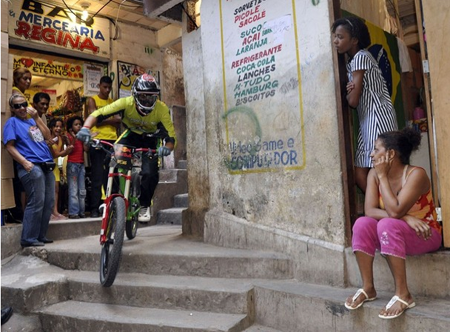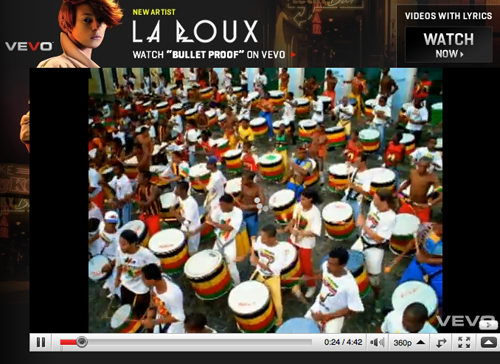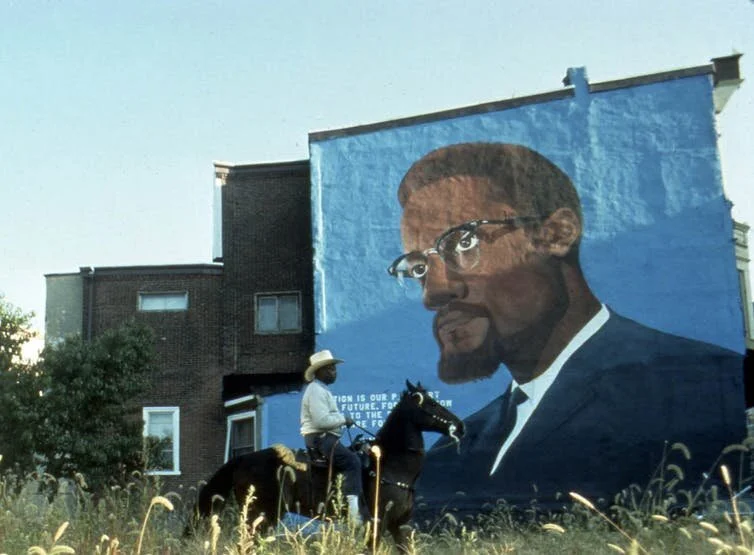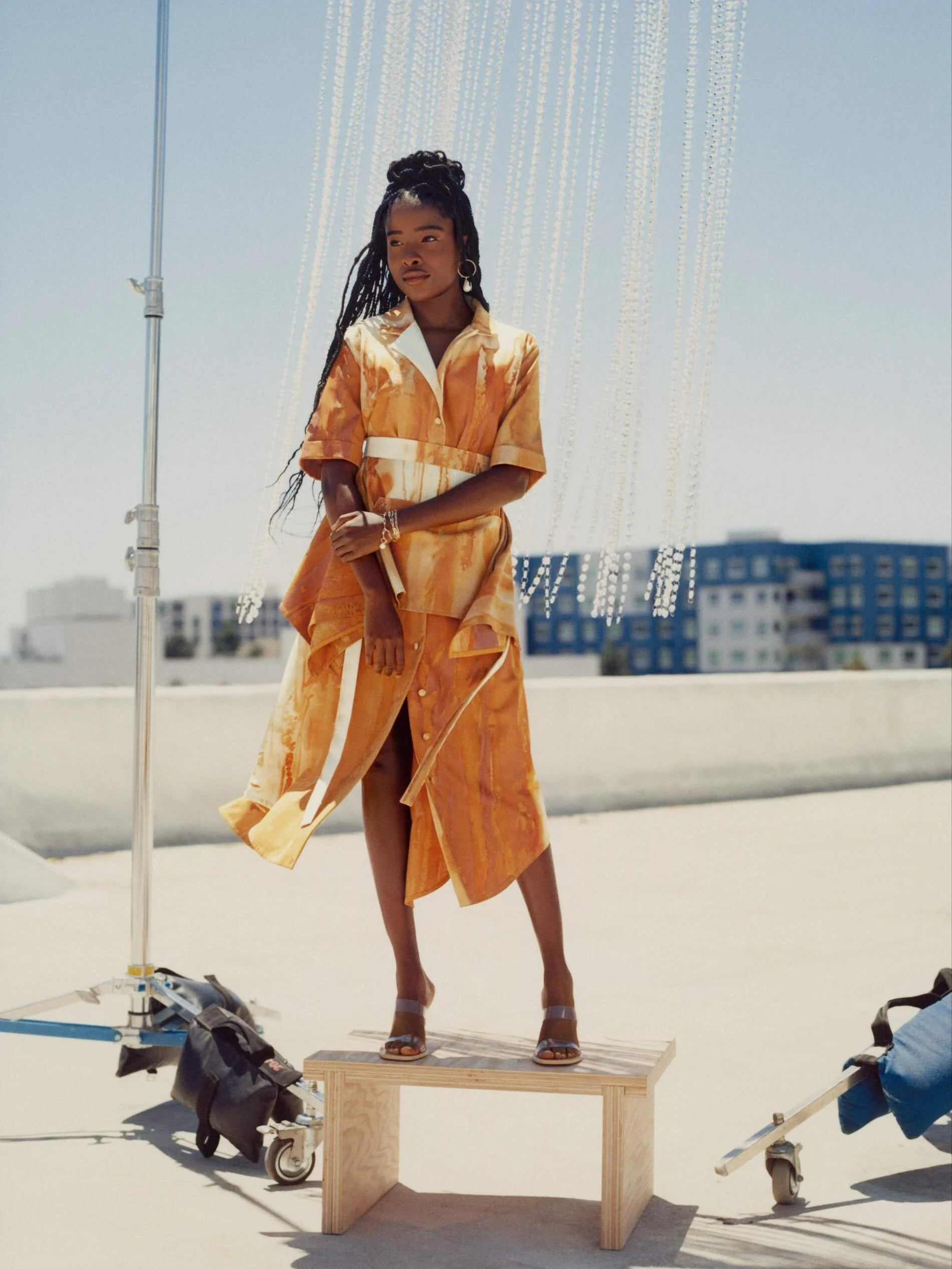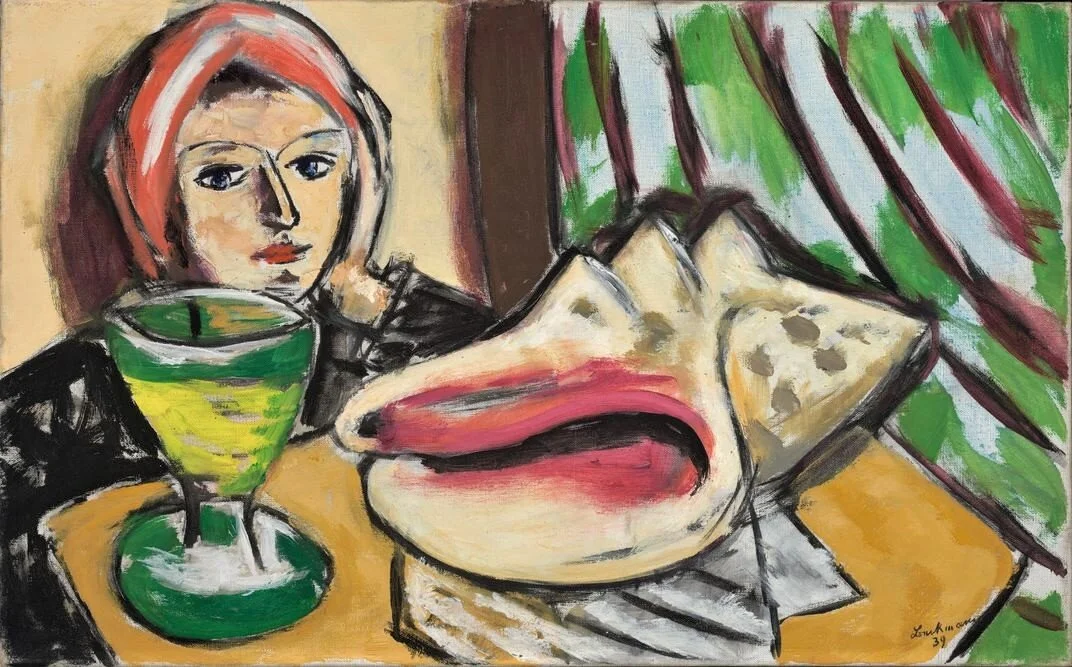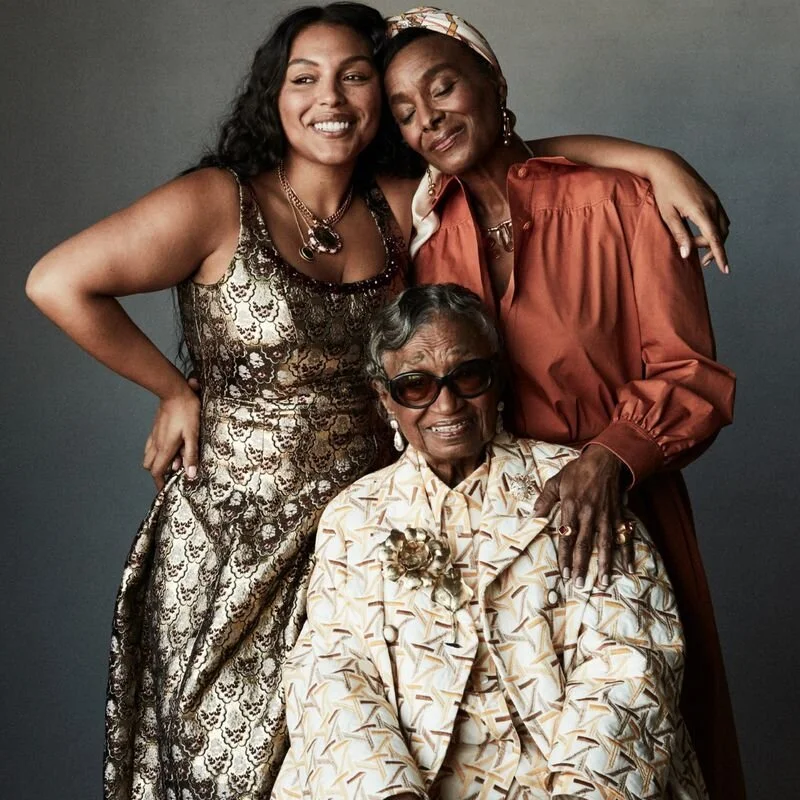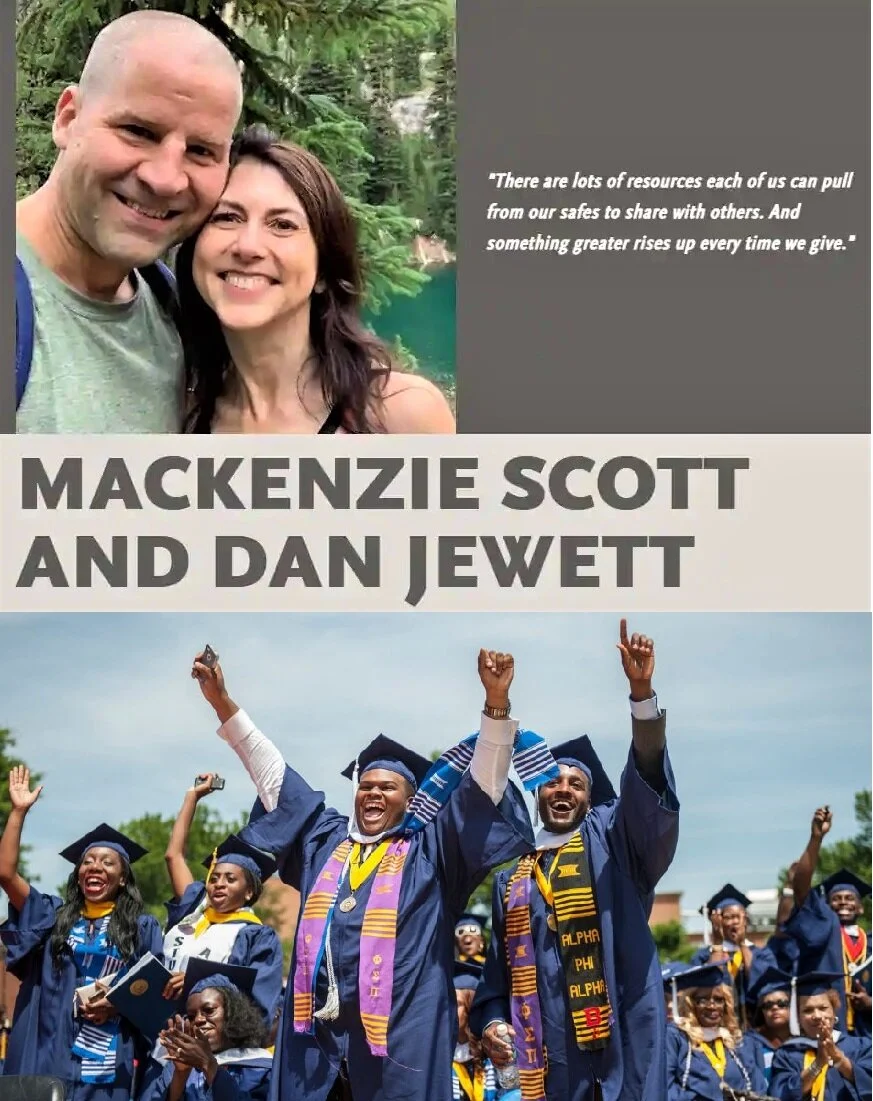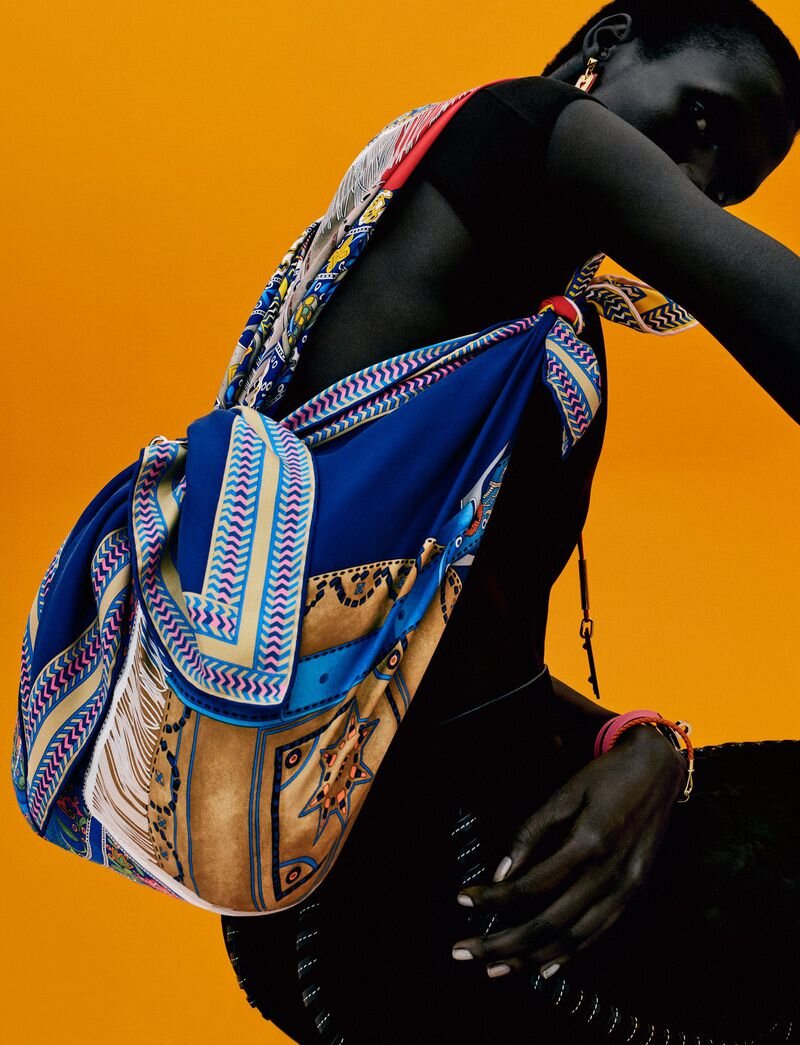Madonna Tours Rio's Favelas
/Madonna in Rio’s Dona Marta slum November 13, 2009Madonna is in Brazil this week, working on a number of philanthropy projects. Yesterday, she visited the favela or slum of Dona Marta, the place where her friend Michael Jackson produced “They Don’t Care About Us”. (video at end of article.)
A cyclist rides through the Dona Marta favela during training for the Red Bull Desafio no Morro downhill challenge in Rio de Janeiro, September 26, 2009. via DaylifeActivists are watching the evolution of life in the slums of Rio, now that the 2016 Olympics are headed to the city.
Every outbreak of violence, and this week’s power outage reminds the world that much as we love Rio, it remains an emerging economy — one that actually increased in the global recession. Business Week estimated this week that the Brazilian economy will grow 9 percent 4th quarter 2009.
Beginning in March 2009, a concrete wall surrounds the Dona Marta favela, which sprawls over the Corcovado hills above Rio de Janeiro and housed approximately 7,000 residents in 2006 in more than 1,000 dwellings. Officials insist the wall exists to protect the remaining native forest as serves as an ecobarrier. Critics see the wall as a symbol of Brazil’s vast division between the rich and poor.
photo via Independent UKIn May 2009, United Nations human-rights officials question Brazil over the supposed “geographic discrimination.”Rio’s Union of Civil Engineers called environmental worries a pretext for a “tremendous attack on people’s right to come and go.” Other critics have used the word apartheid.
Reuters states that the forests has indeed shrunk to 18 percent of its original size, acccording to environment group SOS Mata Atlantica.
Rio’s governor, Sérgio Cabral Filho, who this year ordered the walls’ construction — some nine miles’ worth, around 13 favelas — has been a blunt critic of the slums. Two years ago, he caused an uproar when he called favelas “a factory for producing criminals” and suggested abortion should be legalized in Brazil. On the asphalt, fertility rates are at “Swiss levels,” he said, while in the favelas, “it’s like Zambia.” via via Wall Street Journal
Photo from Michael Jackson video “They Don’t Really Care about Us
A resident of Dona Marta talks about living in the favela: One of the aspects of life here at the foot of the hill that might be disturbing to the beginner is the fact that one hears fireworks from uphill on a regular basis. The general notion is that these are to signal the availability of drugs for sale, but one also gets the impression that it is not so uncommon to shoot these off just for the hell of it, to celebrate. Dona Marta seems to be full of fans rooting for the Flamengo soccer team, and when there is a game on the television, you don’t need to have your own television on in order to know when Flamengo has scored a goal - there certainly will be a burst of fireworks to mark the occasion. via Brazilmax.com (read on, it’s interesting although dated 2006)
Damning as these comments are, bloggers suggest that things are better in Dona Marta than when Michael Jackson made his video “They Don’t Care About Us” here 13 years ago. Anecdotal comments are that the neighborhood was totally dominated by drug dealers in 1996 and Jackson’s team negotiated their safety to film in the favela.
Perhaps life is better in Dona Marta, but overall control of the poor areas by armed groups has grown stronger. Rio officials intends to hire 22,000 police officers to occupy favelas now controlled by drug gangs.
Today 20% of Rio’s population lives in 968 favelas, with the largest slum Rocinha having more than 50,000 inhabitants. 50,000 people are murdered annually in Brazil. The murder rate among Brazilians aged between 15 and 24 is the fifth highest in the world for this age group, with 50 murders for every 100,000 people.
In Rio, the murder rate for young black and mixed-raced men aged between 23 and 24 is 400 for every 100,000. Nearly all of them live in Brazil’s favelas and impoverished suburbs.
via ReutersMedia reviews of Brazil’s slums remind us that they exist a world apart from the rich. Famed jeweler H. Stern, whose limousines collect clients and ferry them to its gemology museum in Ipanema, offers a Rio map showing no favelas. So does Brazil’s airport agency. H. Stern says its maps are “simplified” versions of Rio, showing only points of tourist interest via. Wall Street Journal
Looking at these photos, I have the same impression I experienced as a young woman setting off alone for Colombia and seeing similar sights in Baranquilla, home of Shakira. The contrast in Baranqilla was of slums under the fancy apartment buildings along the river, not in the hills above.
Brazil is sometimes called Belindia, with a small amount of wealth the size of Belgium and a remaining population like India.
At the risk of being patronizing and just plain ignorant, it seems that the people of Dona Marta have retained a positive spirit and willingness to celebrate life’s small pleasures. Indeed, the blogs suggest that residents of the favela are ready to celebrate just about everything at a moment’s notice.
In no way am I portraying them as “happy poor people”. But the celebratory nature of life in Latin America, versus other parts of the world — equally poor — should be acknowledged. In the coming months we will make every effort to focus much more attention on the lives of women in Latin America and how they different for better and for worse from women living in other countries.
Michael Jackson They Don’t Care About Us must watch at YouTube
More reading:Walls Around Rio’s Slums Protect Trees But Don’t Inspire Much HuggingWall Street Journal
Brazil Assigns $60 Million to Bolster Rio Security Wall Street Journal
Shakira, a Smart Sensuality Activist, Takes Me Back to Colombia, Where My Life Journey Really BeganAnne
Another article usually in our Top 10 is: ‘The Places We Live’: Four Monumental Slums Typify ‘Home’ for More Than One Billion People.The ‘barrios’ of Caracas, Venezuela are featured, along with Kibera in Nairobi, Dharavi in Mumbai, and the ‘kampongs’ of Jakarta.

